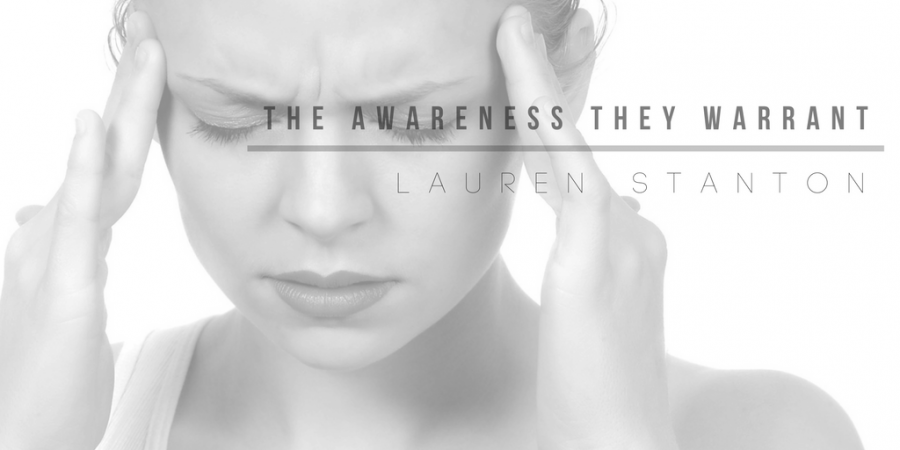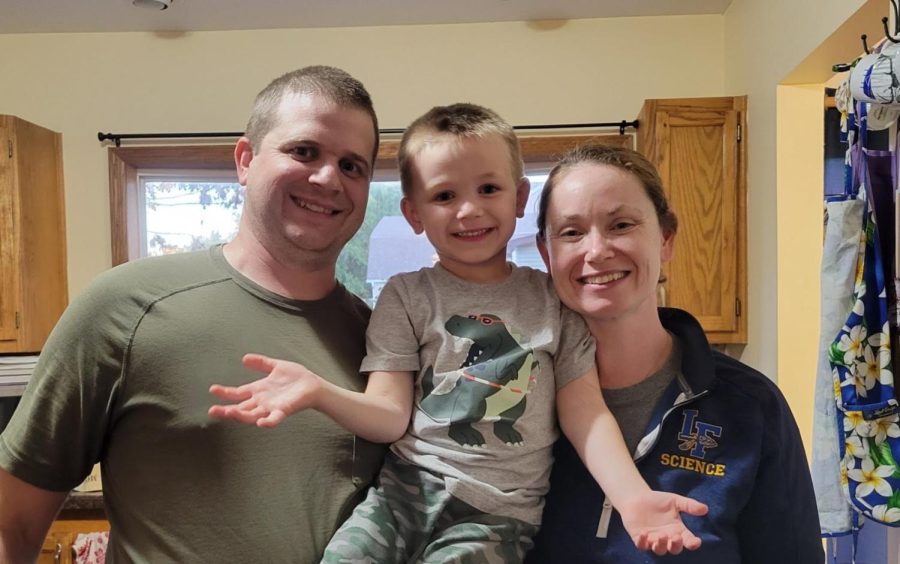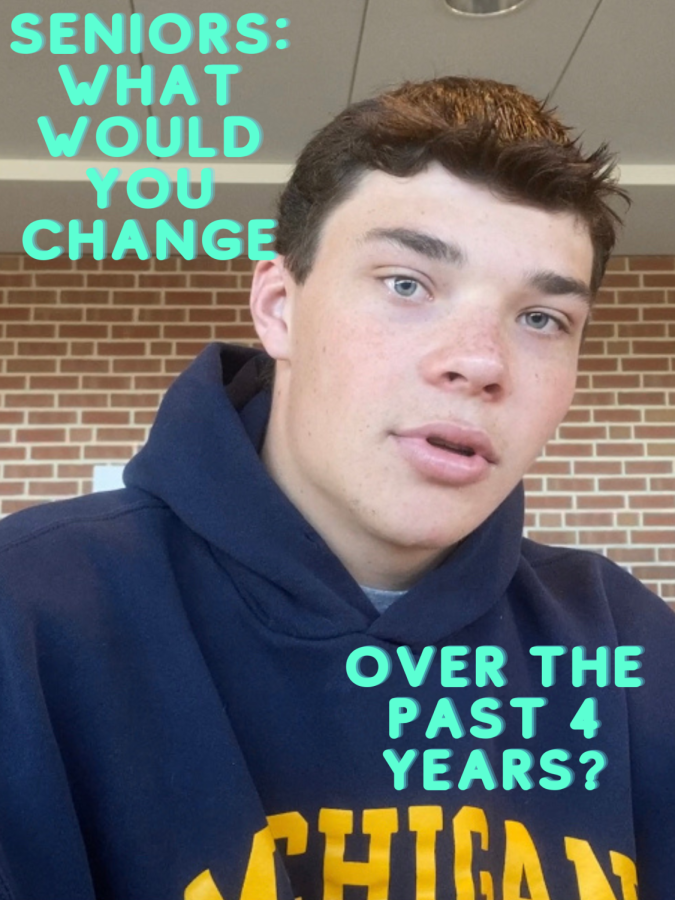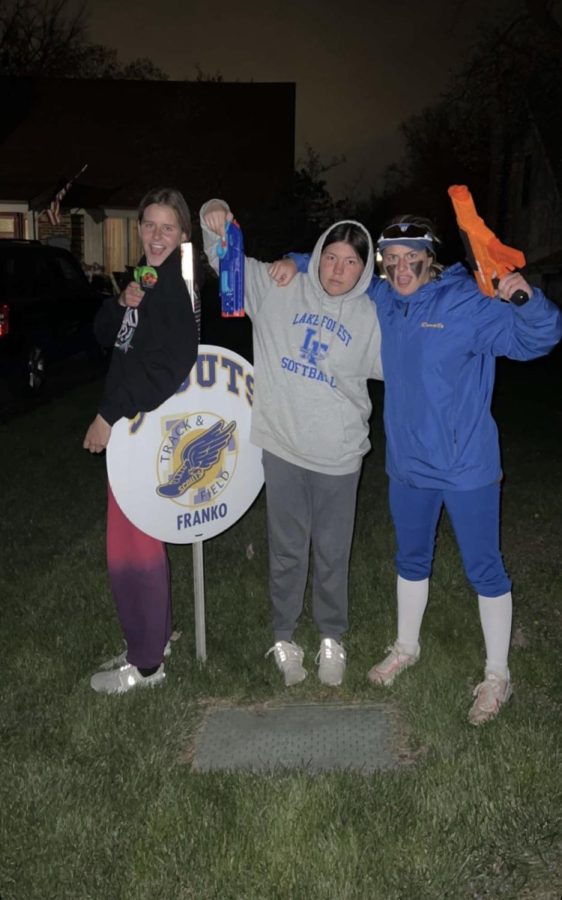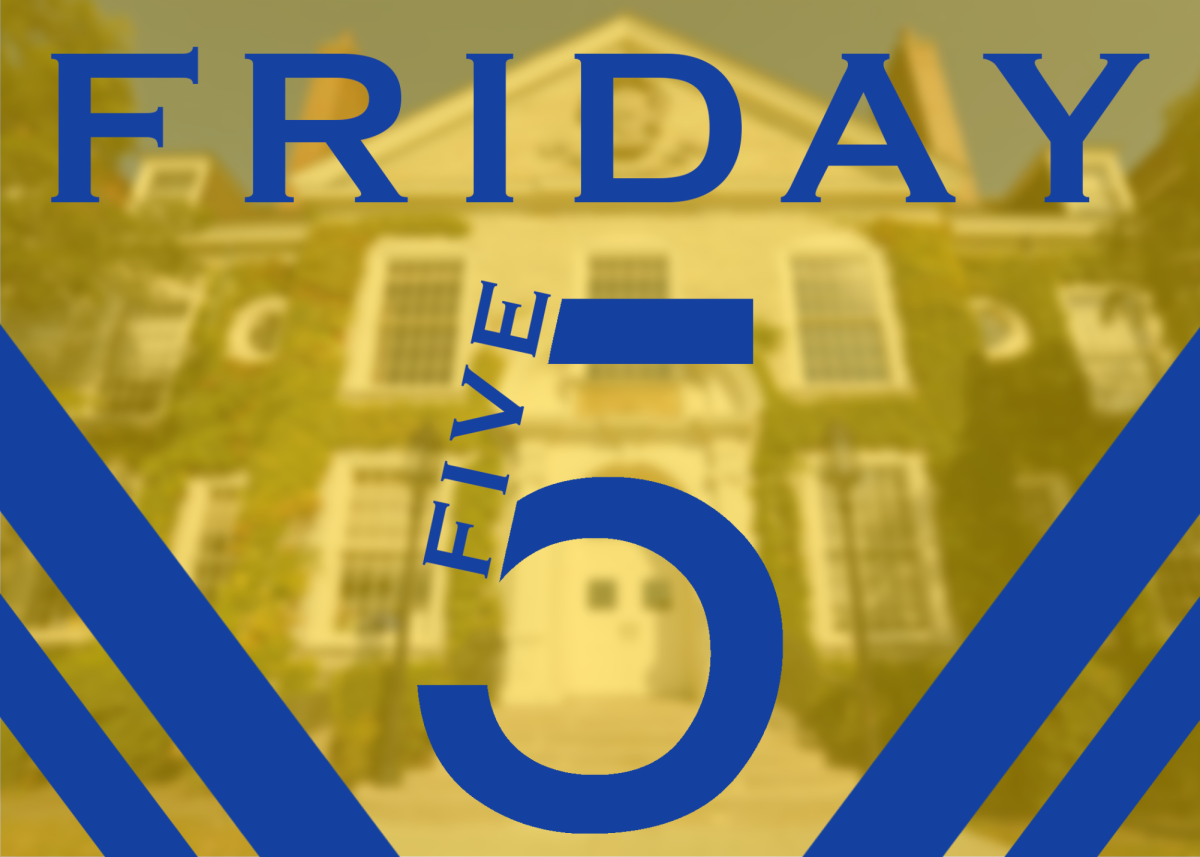It’s almost 10 p.m. and my brother is still sitting on my floor, his papers scattered on the white carpet with pencils and pens atop them. Moments ago, I was lying down there with him. But now the room seems too bright to even crack an eye open to look him in the face and carry a conversation. I bury myself under my blankets. The throbbing in my head travels down my body, sending sporadic strikes of senselessness with it. Soon, my whole body is wrapped in shivers and numbing tingles. My head is pounding vigorously. If I dared to move one single finger I know I’d feel it in my whole body—and I know my head would punish me. It has control over me. Every week. 17 hours—sometimes less, but most times more.
Annihilating. That’s the one word I can say to describe it; and a migraine isn’t just a headache–it’s an illness. In fact, migraine ophalmique and migraine vulgaire are both variants of the same illness that too many people silently suffer from, just like me, my best friend, and my sister.
Not only do people in the modern world suffer from hours of unjustified pain, but so did Egyptians over 14,000 years ago, insofar that migraines were even described by Hippocrates himself around 400 B.C. Being one of the most honorable historians of medicine, one can only believe that he was alluding to a migraine headache in his descriptions of blurred vision, seeing flashing lights, and subtle pain relief after vomiting— all symptoms some sufferers continue to deal with to this day. Though Hippocrates provided one of the earliest records of migraines, he isn’t considered the first to identify them. Rather, the Greek physician Aretaeus of Cappadocia is said to be the person who brought this illness to light. Aretaeus often wrote of two kinds of headaches, cephalagia, which were headaches that lasted only a few hours; the other was cephalea, which could last days or weeks without remission. The latter of which is what we call a migraine.
Although migraines have been reported for thousands of years, scientists still haven’t entirely figured out why they happen. For the past several years the debate has been thriving: are they a neurological disorder, or one pertaining to your blood vessels? This unknown information is causing at least 1 in 7 people around the world—about 14.7 percent of the global population—to live with this disorder. And what’s even worse is that if you’re an adult living in America that suffers from migraines, your chances of receiving disability (benefits, compensation, or insurance) for migraines is slim. On average, the United States is sacrificing $5.6 to $17.2 billion a year due to loss of productivity because of missed work. And, on average, about two to three days are missed a year for the general migraine sufferer. Putting that together, it’s recorded that about 36 million days of work are missed across the country for migraine. Not only do those 36 million days of bed rest affect the ill-struck citizens living through it, but it affects the whole country. The economy is lacking billions of dollars because of this debilitating disorder.
Because there is no official test to diagnose the migraine disease, the SSA (Social Security Administration) needs to receive the entirety of your medical history, as well as proof that you are unable to focus, understand instructions, deal with others, lift, walk, or even stand while enduring an attack. Depending on how many hours of work you miss due to your illness, the SSA will consider giving you disability accommodation, and even then it is not as reputable as other debilitating illnesses such as autism, epilepsy, schizophrenia or even asthma. This process is extensive and strenuous, but overall worth it if you are granted with this benefit, especially since 90 percent of adults miss work and can’t function normally during an attack. But, for teenage sufferers a benefit like that is barely an option. Not only are those 36 million days affecting adults in the country that have a job and are working for our country, but it affects kids who are trying to earn an education. If you think about it, without the proper education during your younger years, how do you expect anyone to make it in not only our country, but our world?
The halls of Lake Forest High School are flooded with hundreds of different kinds of people, and it might be surprising to know that out of the 1,217 students roaming around, statistically 178 kids (exactly 14.7 percent of our schools population) suffer from migraines. One of those students includes one of my very own best friends, Anna Seyfert. After ample visits to the doctors and neurologists, along with months of tracking her headaches, she has practically given up. She’s part of the 50 percent of sufferers that are undiagnosed and under treated. What’s interesting is, Aretaeus’ description of migraines is remarkably similar to Seyfert’s. In the ancient descriptions Aretaeus writes, “It sets in acutely, it occasions unseemly and dreadful symptoms… nausea; vomiting of bilious matters, collapse of the patient… if more light and not deadly it becomes chronic; there is much torpor, heaviness of the head, anxiety and weariness.”
Seyfert’s accounts of her headaches, though they don’t include vomiting, do include going in and out of dizziness, seeing black spots and/or flashes of light, and the headache itself adding anxiety or stress to her life. Another common theme Seyfert, Aretaeus, and I have all noted during our individual illness is the annihilating pain you feel in the light.
When I asked Seyefert to describe her worst migraine, she explained, “My worst migraine lasted three days. I started taking magnesium because my doctor said it would help but it ended up making it so much worse. I felt like people were stabbing my forehead over and over. I would go in and out of dizziness and see black spots everywhere I turned. I tried to ignore it…but eventually I just sat in my bed in the darkness and prayed it would go away.”
She would fall asleep and wake up the next day with the insidious stabbing in her head, and still no way to stop it. When she thought it went away, in a split second it would return, like a preying stalker. She knows it is there, but she just can’t get rid of it— even when she thinks it’s gone, at any opportunity it can find it will sneak up and attack her. It’s there. Now, she just waits for the attack, knowing it will come in just a few days, hours, or even minutes.
What Aretaeus mentioned in his descriptions is exactly what Anna told me. “For they fell the light; the darkness soothes their disease: nor can they bear readily to look upon or hear; their sense of smell is vitiated.”
The remarkable similarity is quite clear.
But, this illness isn’t just found in ancient Greek doctors and teenagers in Lake Forest. You don’t have to be born into riches and fame to experience migraines— and you don’t have to be living in a poverty-stricken town earning sub-minimum wage, either. You can be in any social class, with any kind of sexual orientation or gender. Migraines don’t discriminate. They attack everyone.
That being said, migraines are almost three-times more prevalent in women than men—encouraging theories that migraines are most likely hormonally-driven. In previous theories, migraines were thought to be primarily a disease of the blood vessels. But that theory doesn’t work with the formerly mentioned statistic. A more acceptable theory is that migraine isn’t related to any vascular pathology at all, and that brain mechanisms are more likely to be involved with the development of attacks. So, although we don’t know the direct anatomical cause of migraines, we have an idea. But still, no proper diagnosis method. And certainly no reliable treatment to cure millions of sufferers around the world.
In fact, writing this now I can barely see the screen. My fingers are typing away without knowing what they’re actually writing. I have to wait another couple of hours to take an Execdrin that I know won’t do anything to aid the torture on the left side of my head. The stabbing in my temple. The stinging in my neck. The buzzing in my ear. The numbness in my body. So here I sit for seven more hours until I’m home in my bed, bathing in the rejuvenating darkness; finally finishing my essay with a migraine. How ironic is that?






